The Digital Transformation of Patients – Update from Rock Health and Stanford
Health Populi
MARCH 2, 2021
Rock Health and Stanford commissioned an online survey among 7,980 U.S. adults from early September to early October 2020 to gauge peoples’ interest in and utilization of digital health tools and telehealth. But the big growth areas were for live video telemedicine, wearable tech, and digital health tracking.

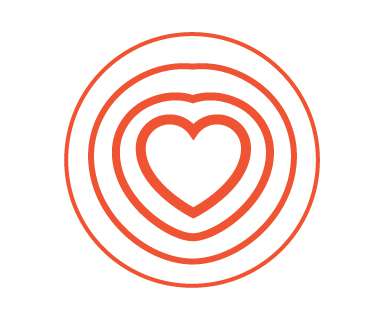
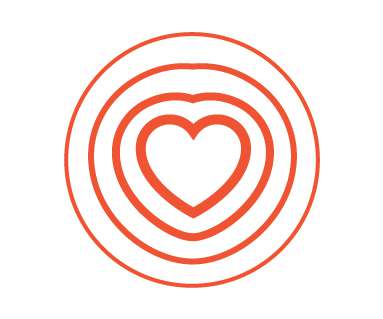

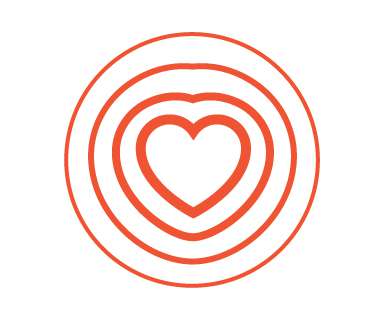






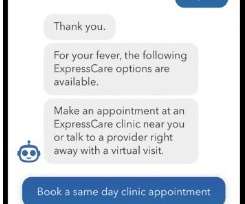

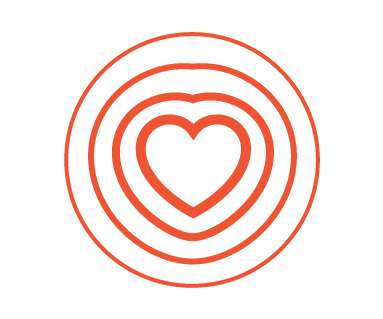

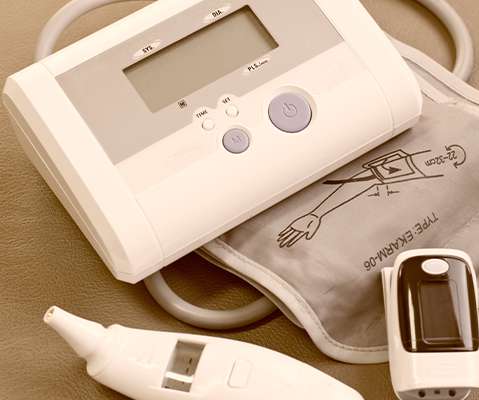
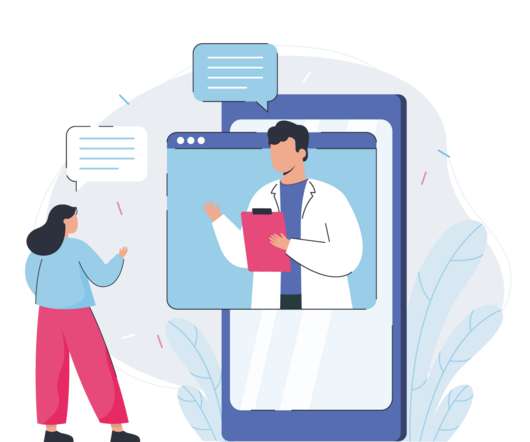







Let's personalize your content